The 1971 silver Eisenhower dollar’s value ranges from $16.75 to thousands depending on condition and errors. Circulated 1971-S coins are worth $16.75-$18, while uncirculated versions reach $25 (MS65) to $6,250 (MS68). Rare errors significantly increase value: the “Peg Leg” R error (missing serif on “R” in “LIBERTY”) fetches $10-$40 circulated or $6,750 in MS68; double-struck proofs sold for nearly $4,000; and Type 1 reverse proofs can reach tens of thousands in high grades. Other valuable errors include re-punched mint marks and off-center strikes.
The 1971 Eisenhower dollar marked America’s return to dollar coinage after a 36-year gap, and while most copper-nickel versions trade near face value, the 40% silver “S” mint mark specimens tell a different story entirely. From circulated examples worth their precious metal content to rare mint errors commanding five-figure prices, understanding what separates a $17 coin from a $6,000 treasure requires knowing exactly where to look. Whether you’ve inherited a collection or found one in an old drawer, this guide breaks down every factor affecting your 1971 silver dollar’s worth.
Understanding the 1971-S Silver Dollar Basics
The United States Mint struck two distinct versions of 1971 dollars: copper-nickel clad coins for general circulation from Philadelphia and Denver, and special 40% silver editions exclusively at the San Francisco Mint. These silver versions contain 0.3161 troy ounces of pure silver, giving them inherent precious metal value that fluctuates with spot prices.
The San Francisco facility produced approximately 6.9 million uncirculated silver dollars and 4.3 million proof versions in 1971, sold directly to collectors in special packaging. Unlike their copper-nickel counterparts, every silver specimen bears the “S” mint mark on the obverse beneath Eisenhower’s neck. This mark serves as your first indicator that you’re holding a potentially valuable coin rather than a common circulation strike.
At current silver prices around $24 per ounce, the melt value alone establishes a floor price of approximately $7.50 for any 1971-S silver dollar, regardless of condition. However, collector demand pushes even worn examples significantly higher than this baseline.
Current Market Values for Standard 1971-S Silver Dollars
Circulated Condition
Despite being sold as collector items, some 1971-S silver dollars entered circulation through various means. These show wear from handling, reducing their numismatic premium while maintaining silver content value. Circulated examples typically trade between $16.75 and $18.00, with heavily worn pieces occasionally selling closer to $14.00 when silver prices dip.
Uncirculated Mint State Grades
The value trajectory changes dramatically as condition improves. Here’s the current market breakdown:
| Grade | Estimated Value | Notes |
|---|---|---|
| MS-60 to MS-63 | $18 – $22 | Minor contact marks visible |
| MS-64 | $23 – $28 | Above-average eye appeal |
| MS-65 | $25 – $35 | Gem quality, minimal marks |
| MS-66 | $65 – $95 | Exceptional luster |
| MS-67 | $275 – $325 | Premium quality, scarce |
| MS-68 | $6,000 – $6,500 | Condition rarity |
The substantial jump between MS-67 and MS-68 reflects genuine scarcity. According to Professional Coin Grading Service (PCGS) population reports from 2024, fewer than 200 examples have achieved MS-68 designation, while MS-69 remains virtually non-existent for this issue.
Proof Versions
The 1971-S proof silver dollars were struck with specially polished dies on polished planchets, creating mirror-like fields and frosted devices. Interestingly, proofs command lower premiums than high-grade business strikes due to their larger surviving population and protective storage:
- PR-65 to PR-67: $18 – $20
- PR-68: $20 – $22
- PR-69: $22 – $30
- PR-70: $800 – $1,200 (extremely rare)
Heritage Auctions sold a PR-70 Deep Cameo specimen in January 2023 for $1,080, demonstrating sustained demand for perfect examples.
The “Peg Leg” R Variety: A Die Polishing Error Worth Hunting
Among 1971-S silver dollar errors, the “Peg Leg” R stands as the most accessible yet valuable variety for collectors. This error resulted from excessive die polishing at the San Francisco Mint, where technicians removed clash marks and other imperfections from working dies. Over-zealous polishing inadvertently removed the bottom serif from the letter “R” in “LIBERTY,” creating an appearance resembling a wooden peg leg.
Unlike deliberate design varieties, this represents a progressive die state error—coins struck later in the die’s life show more pronounced peg leg characteristics. Identification requires examining the lower-right portion of the “R” under magnification; authentic examples show complete absence of the serif rather than simple weakness.
Peg Leg R Value Guide:
- Circulated grades: $10 – $40
- MS-63: $45 – $75
- MS-65: $125 – $175
- MS-67: $1,500 – $2,200
- MS-68: $6,500 – $6,900
Stack’s Bowers Galleries sold an MS-68 Peg Leg example for $6,750 in August 2023, establishing a strong benchmark for top-tier specimens. The variety remains undervalued compared to its rarity, with specialists estimating perhaps 5-8% of 1971-S silver dollars exhibit clear peg leg characteristics.
Dramatic Striking Errors and Their Values
Beyond die varieties, mechanical malfunctions during production created spectacular errors that command substantial premiums.
Double Struck Coins
When a coin fails to eject properly and receives a second impression from the dies, the result is a double strike. A 1971-S proof silver dollar with a dramatic 40% off-center second strike sold through Heritage Auctions in March 2022 for $3,840. The coin showed complete first-strike details with a second impression rotated approximately 60 degrees, creating a visually stunning error.
Less dramatic double strikes, where the second impression shifts only slightly, typically bring $800 to $1,500 depending on displacement degree and overall condition.
Re-punched Mint Marks
Some 1971-S dollars display multiple “S” mint mark impressions from imprecise hand-punching before the transition to hubbed mint marks. Under magnification, you can observe doubling, tripling, or slight spreading of the “S” outline. Values range from $30 to $125 premium above normal specimens depending on re-punching severity and base coin grade.
Off-Center Strikes
Though more common on copper-nickel Philadelphia and Denver strikes, off-center 1971-S silver dollars occasionally appear. A 15% off-center MS-64 example sold for $1,920 in 2023. Value increases with off-center percentage, provided the date remains visible—coins missing the date lose significant collector appeal.
The Type 1 Reverse Controversy
Advanced collectors distinguish between Type 1 and Type 2 reverse designs on 1971-S dollars, though this differentiation requires careful examination. The Type 1 reverse features lower relief, with less definition in Earth’s landmasses and the eagle’s feathers. The Mint transitioned to the Type 2 reverse partway through production for improved strike quality.
While most 1971-S dollars utilize Type 2 reverses, the scarcer Type 1 proof carries substantial premiums:
- Type 1 PR-67: $400 – $600
- Type 1 PR-68: $2,500 – $3,500
- Type 1 PR-69: $15,000 – $25,000
Great Collections sold a Type 1 PR-69 Deep Cameo for $21,600 in November 2022, reflecting extreme rarity—PCGS has certified fewer than 30 examples at this grade level. Authentication requires comparing Earth detail and eagle feather definition against certified reference images, as differences prove subtle.
Authentication and Grading Considerations
Given the significant value differences between grades and varieties, professional authentication and grading provide essential protection for valuable specimens. Third-party grading services PCGS and Numismatic Guaranty Company (NGC) charge $30-$50 for standard submissions, worthwhile for any 1971-S dollar potentially grading MS-66 or higher, or displaying clear error characteristics.
Home evaluation begins with weight verification—genuine 1971-S silver dollars weigh 24.59 grams, noticeably heavier than 22.68-gram copper-nickel versions. A simple magnet test confirms silver content, as authentic pieces show no magnetic attraction. Edge examination should reveal the coin’s layered composition: outer silver layers surrounding a copper core, visible as a thin copper stripe along the edge.
For suspected high-grade or error coins, avoid cleaning or handling without cotton gloves. Even minor contact can create hairlines that drop a potential MS-67 specimen to MS-64, representing hundreds of dollars in lost value.
Building Your 1971 Silver Dollar Knowledge Into Profit
Start your evaluation by confirming the “S” mint mark presence and conducting basic authentication tests. For coins appearing uncirculated with strong luster and minimal contact marks, professional grading becomes cost-effective at MS-65 potential or higher. Examine “LIBERTY” carefully under magnification for peg leg characteristics, checking whether the “R” displays its proper serif.
Market timing matters significantly for common-grade examples, as silver spot price fluctuations directly impact circulated and lower-MS values. Conversely, condition rarities like MS-68 specimens and dramatic errors maintain value independent of precious metal prices, driven purely by collector demand. Whether you’re selling or holding, understanding these distinctions transforms a drawer discovery into informed decision-making worth thousands of dollars.
You may be interested:
- 1859 Indian Head Penny Coin Value Complete Errors List And No Mint Mark Worth Guide For Collectors
- 1911 V Nickel Coin Value Guide Complete Errors List And No Mint Mark Worth Today
- 1902 Dime Coin Value Complete Errors List With O S And No Mint Mark Worth Guide
- 1788 Quarter Coin Value Complete Guide Errors List And D S P Mint Mark Worth Revealed
- 1776 To 1976 Bicentennial Half Dollar Coin Value Complete Errors List And What Your D S And No Mint Mark Coins Are Actually Worth
- 1990 Penny Coin Value Errors List How D S And No Mint Mark Pennies Are Worth Thousands Of Dollars

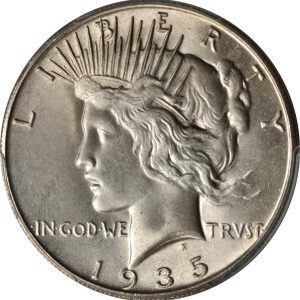
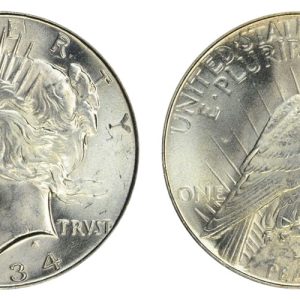
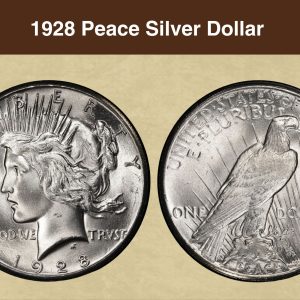
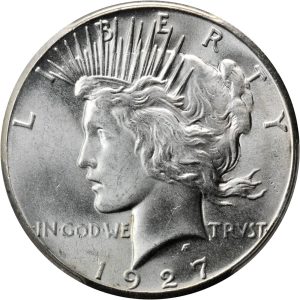
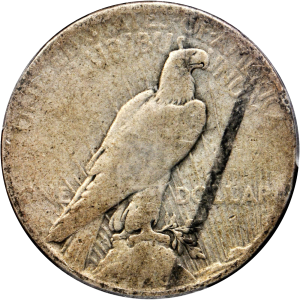
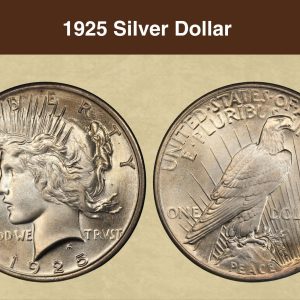
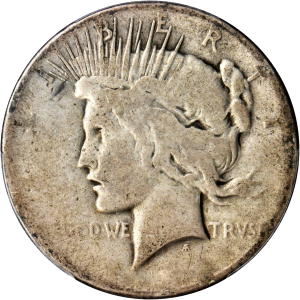
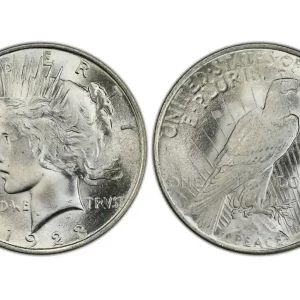
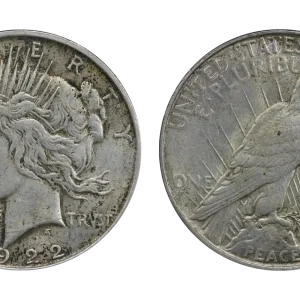
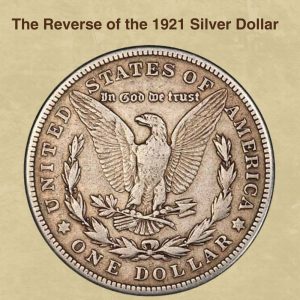
How much is a 1971 S mint mark silver dollar worth?
1971 S SILVER Eisenhower Dollar Value According to the NGC Price Guide, as of October 2025, a Eisenhower Dollar from 1971 S in circulated condition is worth between $16 and $17.25. However, on the open market 1971 S SILVER Silver Dollars in pristine, uncirculated condition sell for as much as $6250.
What makes a 1971 S silver dollar rare?
A 1971 silver dollar can be rare due to it being a collector-intended 40% silver proof coin from the San Francisco Mint, a rare 40% silver “prototype” coin, or the presence of unique die errors such as double strikes, missing design features, or “peg leg” letters. The original business strikes for 1971, meant for circulation, contain no silver and are common, but the silver-clad proofs and uncirculated coins, though produced in larger numbers than prototypes, are still considered difficult to…
Where is the S mint mark on Eisenhower silver dollars?
On Eisenhower (Ike) dollars, the “S” mint mark is located on the obverse (front) of the coin, just below the truncation of President Eisenhower’s portrait and above the date. For 40% silver Eisenhower Dollars from 1971, 1972, and 1973, a coin must have the “S” mint mark to be a silver clad version.
What makes a 1971 Kennedy silver dollar rare?
1971-D Half Dollar Struck on 40% Silver Planchet Some 1971 half-dollar coins were made using leftover silver. These are very rare and can sell for $10,000 or more. You can check if your coin has silver by looking at the edge—if you see copper, it’s not silver.